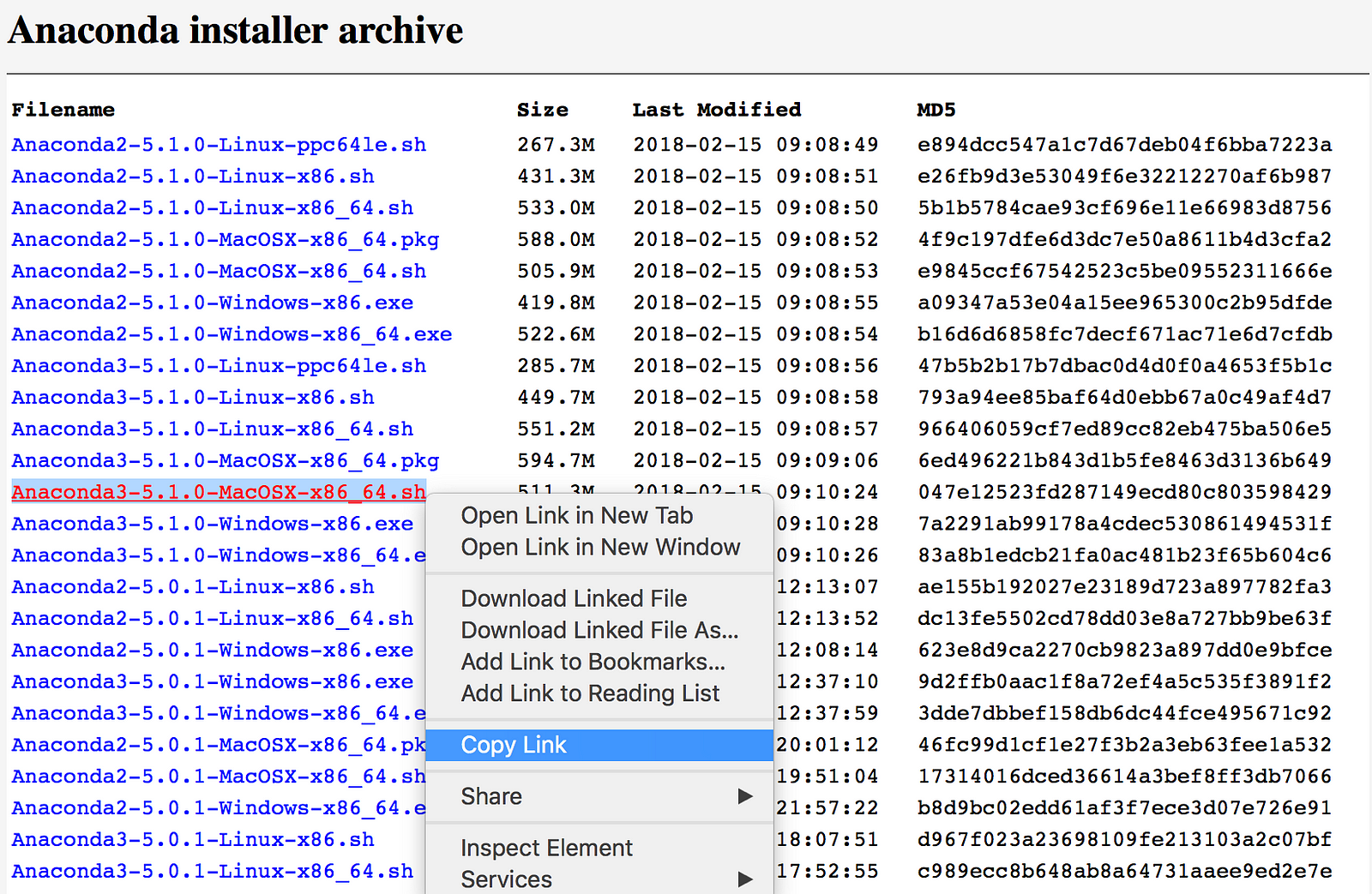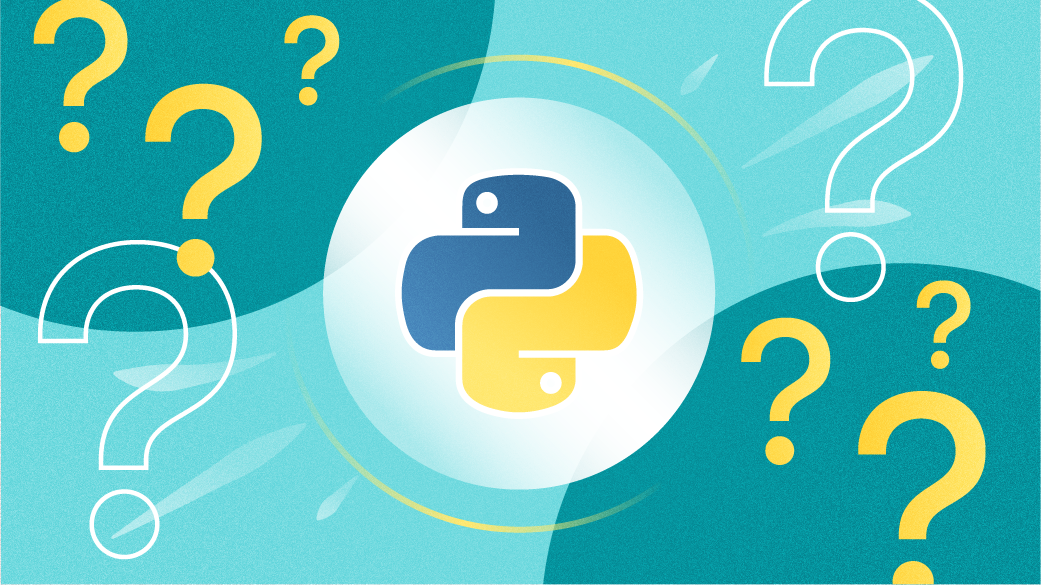ROOT is available on Linux, Mac, and (as a beta release) on Windows.
The latest stable ROOT release is6.24/00 (about ROOT versioning scheme).
Nov 15, 2015 Installing on Mac with Brew, Dotfiles, Conda Nov 15, 2015 7 minute read. For now I'll make an analog version of a Dockerfile for a new MacBook setup- a blog post. Brew suggests that you do not have any conda environments active when using the brew command, so I wrote a custom function that deactivates all conda environments before calling brew and reactivates them afterwards (see below). Cask anaconda installs files under $ (brew -prefix). The presence of such files can cause warnings when running `brew doctor`, which is considered to be a bug in Homebrew Cask.
There are several ways to install ROOT on your computer: they are all listed in the table of content on the right. Which one is best for you depends on your operating system and usage requirements.In all cases, make sure to always use the most recent ROOT release possible to get the latest bug fixes, features and quick user support.
We distribute pre-compiled ROOT for several major Linux distributions as well as MacOS and (as a beta) Windows.The steps to install a pre-compiled binary are simple:
- Install all required dependencies with the system package manager
- Download the release for the desired platform and ROOT version
- Unpack the archive
- Add the ROOT libraries and executables to your environment by sourcing the appropriate
thisroot.*script. These setup scripts can be found in the ROOT binary release, in thebindirectory.
执行brew install homebrew/cask/anaconda; 我的心在等待,在丫在等待. 将conda加入系统变量 执行. Echo 'export PATH='your install path'/.bashprofile source /.bashprofile 2 anaconda的基本使用. 创建一个新用户 conda create -name nameyouwant python=versionyouwant package1 package2. Homebrew on Linux. The Homebrew package manager may be used on Linux and Windows Subsystem for Linux (WSL).Homebrew was formerly referred to as Linuxbrew when running on Linux or WSL.
For example, on Ubuntu 19, a user could execute the following bash commands to install ROOT v6.22/00, after installing all required dependencies:
To avoid having to source thisroot.sh every time one needs to use ROOT, it is typical to add the instruction to.bashrc, .profile or analogous configuration files.Note, however, that sourcing thisroot.sh might interfere with ROOT versions installed with different methods.
Supported by the community: these packages are not maintained by the ROOT team, but by helpful members of the community. Please go through each package manager’s standard channels to report any related issue. If you package ROOT and would like to be added to the list below, please contact us by clicking the letter icon at the bottom of the page.
Conda
For any Linux distribution and MacOS, ROOT is available as a conda package. To create a new conda environment containing ROOT and activate it, execute
More instructions about using the conda package are available in this blog post.
Please report any issues with the conda package here.
Snap
On many Linux distributions, ROOT can be installed via Snap. For example, on Ubuntu:
See our dedicated blog post for more information, or visit the official ROOT Snap package page.
Linux package managers
ROOT can be directly installed from the operating system’s package manager in the following Linux distributions:
Fedora
Fedora’s ROOT package can be installed with
More typically, however, users will want more than just the base package. The full list of components can be seen athttps://src.fedoraproject.org/rpms/root/ by clicking in one of the offered versions.To install ROOT with support for python and notebooks, for example, run

CentOS
ROOT is available on CentOS via EPEL. To install ROOT on CentOS, just run
Arch Linux
Arch’s ROOT package can be installed with
Gentoo
The Gentoo package for ROOT is sci-physics/root.It can be installed with
Ubuntu and Debian-based distributions
The ROOT team is working on the release of an official .deb package. More news on this topic very soon.
In the meanwhile, ROOT is available on Ubuntu via conda or our pre-compiled binaries.
MacOS package managers
Homebrew
On Mac, ROOT is also available as a homebrew formula.You can install it with

Macports
After installing macports, the ROOT port can be installed with

Pre-built ROOT without dependencies

If your platform mounts CVMFS (as, for example, CERN LXPLUS does),ROOT is directly available as an LCG release.
ROOT installations with minimal external dependencies are available for Fedora, Ubuntu, CentOS 7 and MacOS at:
For example, to set up ROOT 6.22/00 on a CentOS7 machine that already has all ROOT required dependencies installed, just run:
ROOT plus dependencies
On CentOS7, ROOT as well as its dependencies and many other packages are also available as an LCG view:
For example, to set up a full environment with ROOT 6.20/02 on CERN LXPLUS, you can run:
To check what ROOT version is contained in an LCG release, check lcginfo.cern.ch.
Gentoo Prefix on CVMFS
ROOT is also experimentally available in a Gentoo Prefix installationinside the contrib area of the SFT CVMFS repository. To use it from there, run
This will drop you into a new shell where all software from the prefix is available.
ROOT Docker containers for several linux flavours are available at ROOT’s official DockerHub.
For example, to try out the latest ROOT release just run docker run -it rootproject/root.
Mac Install Miniconda
Users with a CERN computing account can simply connect to lxplus.cern.ch via SSH and start root: the latest stable version is installed as a normal system package.
Note that certain features (e.g. multi-threading capabilities) are not available on lxplus.cern.ch (or, equivalently, lxplus7.cern.ch) due to incompatible versions of certain ROOT dependencies on CentOS7. You can use lxplus8.cern.ch to get access to CentOS8, where this limitation is not present.
Conda Brewer2mpl
In case no other installation method is available, or if you want full control over the options ROOT is built with,it is possible to compile ROOT from source. See Building ROOT from source for detailed instructions.
As a quick summary, after installing all required dependencies, ROOT can be compiled with these commands on most UNIX-like systems:
